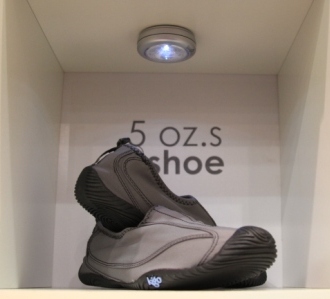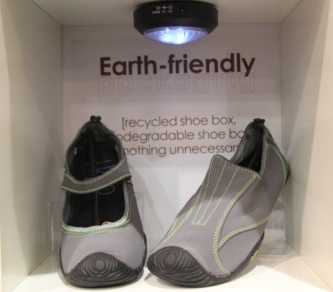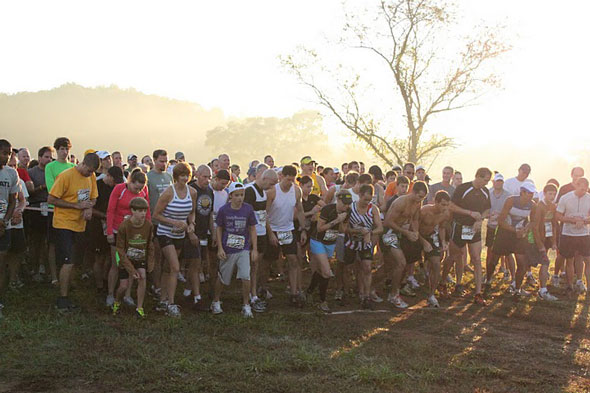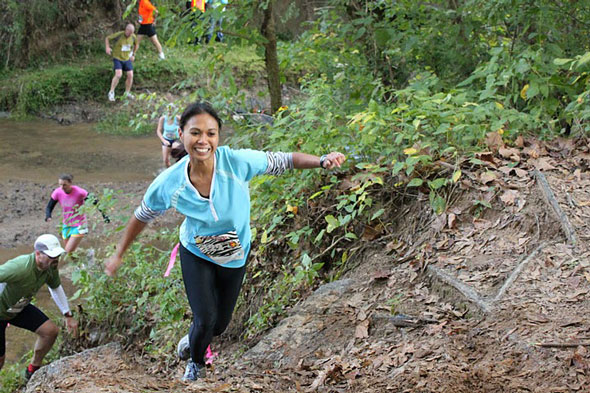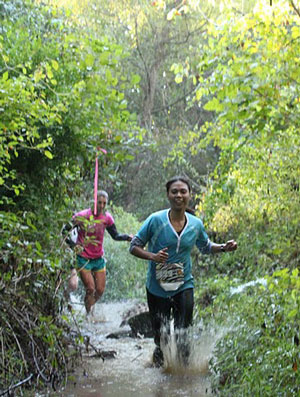Running on Faith Book Review
Wednesday, October 27th, 2010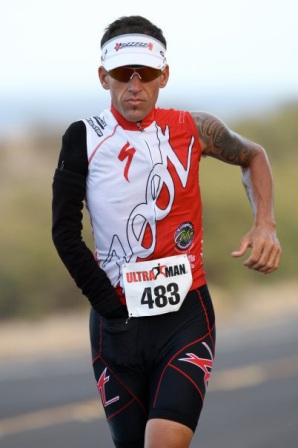 I was sent the book Running on Faith, written by Jason Lester and Tim Vandehey, so I gave it a read. It’s a good book whether you are a trail runner, road runner, or participate in triathlons, it is always motivating to read a story of someone who has overcome worldly obstacles to reach their fitness goals. We all push our bodies and minds, but sometimes you want to quit. You won’t want to quit again after reading this book. As I sat in jury duty I got so inspired reading this book that I went on a quick run during our hour break. Maybe the fact that I was dripping in sweat was the reason I wasn’t selected to be on the jury….
I was sent the book Running on Faith, written by Jason Lester and Tim Vandehey, so I gave it a read. It’s a good book whether you are a trail runner, road runner, or participate in triathlons, it is always motivating to read a story of someone who has overcome worldly obstacles to reach their fitness goals. We all push our bodies and minds, but sometimes you want to quit. You won’t want to quit again after reading this book. As I sat in jury duty I got so inspired reading this book that I went on a quick run during our hour break. Maybe the fact that I was dripping in sweat was the reason I wasn’t selected to be on the jury….
Jason Lester is a physically challenged extreme athlete. When he was twelve years old, a speeding car ran a red light, sending him into the hospital with twenty broken bones and paralyzed arm. Jason and his father had always planned on him becoming a professional baseball player, now that dream was gone. But Jason refused to let his injury impede his goal of becoming a professional athlete. He went through more trials and tribulations in his life and always found solace in sports. He began running and participating in duathlons in High School. After college he moved to Los Angeles and fell into the typical partying Hollywood lifestyle.
After more negative life experiences, Jason started decided to start training for the Ironman in 2004, and has since competed in numerous extreme races. In 2008, Jason became the first disabled athlete to complete the Ultraman (320 miles of biking, swimming, and running), and in 2009, he won an ESPY award for Best Disabled Male Athlete. He is the founder of the Never Stop Foundation, and organization dedicated to bettering the lives of children and adults through athletics.
One thing interesting about Jason is that he calls his condo “the lab” and gives instructions on how to build your own lab. The lab is your custom-created training environment. It’s your lifestyle while training. However, Jason takes this to the extreme, putting his complete focus, twenty-four hours a day on getting himself physically and mentally ready for the race. He says, “it’s the environment where your needs come first.” At some points in the book I felt that Jason sounded a bit selfish in his training; only participating in activities and hanging out with people who were helping him achieve his goal. He even admits he missed out on time he could have spent with his daughter instead of training. Training can become addictive.
I think we all need to keep focus on our work-life-training balance. While most of us don’t need this type of intensity in training to achieve our race goals, the idea is the same, you do have to give up some things in order to be successful, but don’t let your goals get in the way of helping others. While Jason is very appreciative of all the people who helped him during his journey, he may have missed out on helping those who needed him during that time. Other than being an inspiring and exciting story, I think the book is really about helping others being like giving to God.
Maybe Running on Faith will inspire you to do something great, like helping others. There is a study guide for you to share the story with your groups for discussion. If you want to be inspired for your race goals there are some helpful appendices to help in your training for how to cook tasty organic food and a sample training schedule. Overall, good book to get you inspired for your next endurance goal.


